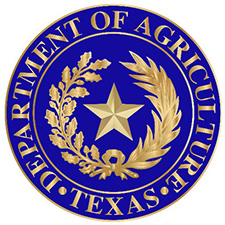Vilsack: We will act quickly on aid to financially distressed farmers
A congressionally created $3.1 billion debt relief program for financially distressed farmers who borrowed money through USDA programs could be in place within weeks, said Agriculture Secretary Tom Vilsack on Wednesday. Speed is vital, he said, because a moratorium on debt collections and foreclosures could expire in October.
Thanks to war, wheat-soy double crop shines
Last spring, the Biden administration encouraged U.S. farmers to grow more wheat in response to Russia’s invasion of Ukraine and said it would make crop insurance more widely available for growers who wanted to team winter wheat with soybeans. Now there’s another inducement: Double-crop wheat and soybeans would be more profitable in 2023 than standalone corn or soybeans, say university economists.
TODAY’S QUICK HITS
Peterson forms ag council: Colin Peterson, former chair of the House Agriculture Committee and the driving force in creating the Midwest Council on Agriculture, said the group will push Congress to focus more on farm policy affecting the upper Midwest and Northern Plains. (DTN/Progressive Farmer)
Farm group’s USDA connections: Seventeen state directors for the USDA’s Farm Service Agency, which runs its farm programs, have ties to the American Farm Bureau or the group’s state and local counterparts. (Investigate Midwest)
California plants less farmland: Initial data show that California farmers did not plant 532,000 acres of cropland this year, most of it usually planted in cotton and rice. It was an increase of 112,000 acres from last year, though not as high as during the drought of 2014-15. (Ag Data News)
Climate funds for rural areas: Deputy Agriculture Secretary Jewel Bronaugh announced $121 million in grants and loans for 415 rural energy-saving and renewable energy projects in 49 states. (USDA)
Road threatens rainforest: An illegal dirt road through protected parts of the Brazilian Amazon threatens to connect two of region’s worst areas of deforestation and lead to increased pressure on the forest from development. (Associated Press)











